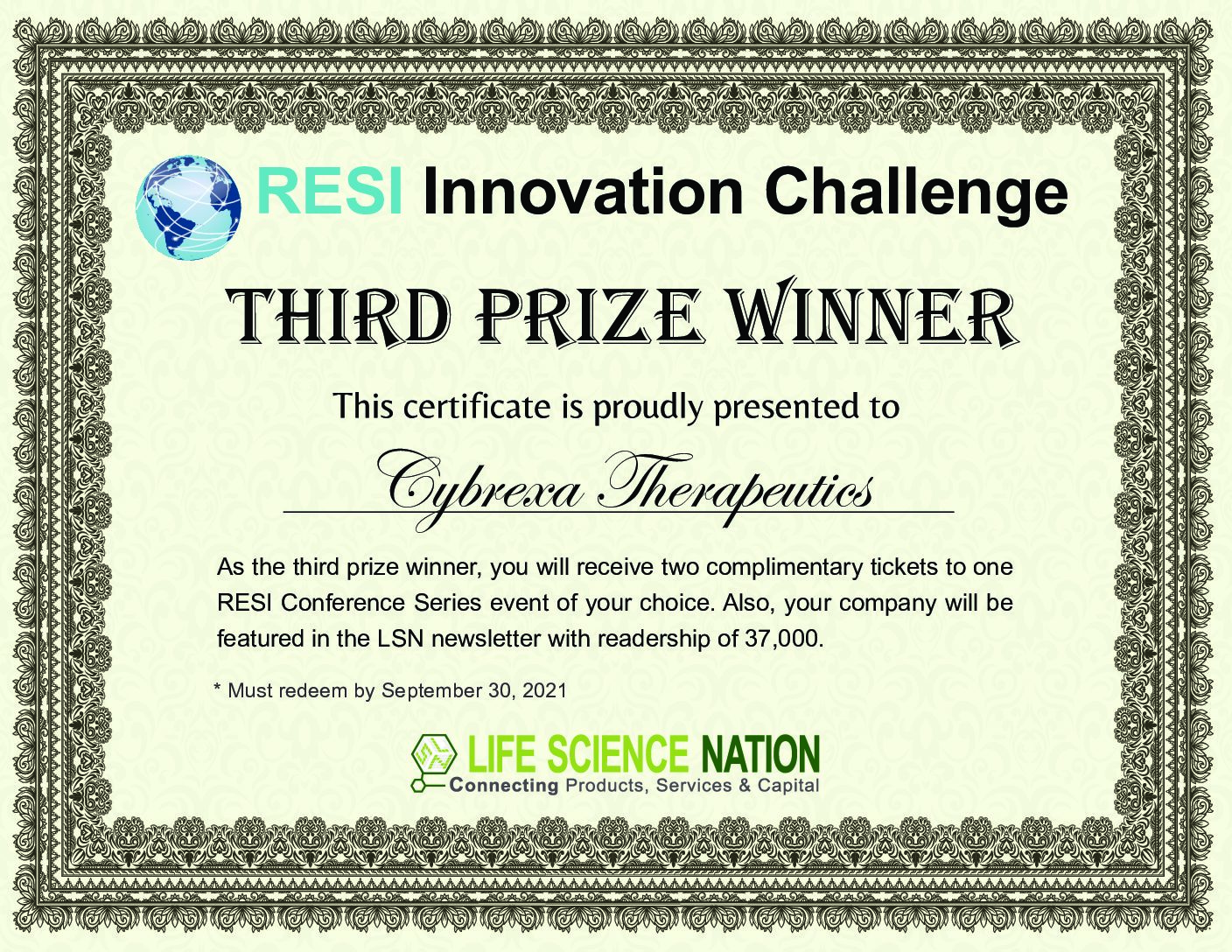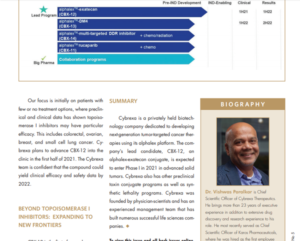OncLive | Megan Hollasch | August 30, 2023
Funda Meric-Bernstam, MD, discusses the safety of CBX-12 and exploring dosage of the agent.

The peptide drug conjugate, CBX-12, may represent a new approach for treating patients with advanced or metastatic solid tumors, according to Funda Meric-Bernstam, MD. Data from the first-in-human CBX-12-101 phase 1/2 study (NCT04902872) exploring dosage demonstrated the antitumor activity of the agent in patients with breast as well as ovarian cancer.
“This is a novel strategy for delivering a highly active chemotherapeutic agent and it may have implications for a variety of tumor types,” Meric-Bernstam said. “It’s an agent worth watching. There are a lot of novel therapies in development, but we need to continue to identify different patient populations that will benefit from [these] approaches.”
The phase 1/2 study determined the maximum tolerated dose of CBX-12 to be 45 mg/m2given for 3 consecutive days in a 21-day cycle (part B) or 60 mg/m2 given weekly (part C). Phase 2 trials will initiate when the recommended phase 2 dose is selected. As of January 26, 2023, 42 patients were treated under 3 different dosing schedules and 5 patients achieved an objective or near objective response per RECIST 1.1 criteria.
Data reported at the 2023 ASCO Annual Meeting showed that of the 5 patients had a response. One patient with ovarian cancer had a confirmed complete response followed by a dose limiting toxicity (DLT) and subsequent progressive disease and was on treatment for 14 months prior to progression. This patient was treated on a daily regimen for 5 consecutive days in part A.
An unconfirmed partial response (PR) was recorded in a patient with breast cancer treated at 45 mg/m2 who was on treatment for 9 months before progression. Also, at the 45 mg/m2 dose, a patient with ovarian cancer had a confirmed PR and has been on treatment for 5 months, which is ongoing. At 30 mg/m2, a patient with breast cancer had a near PR and was on treatment for 10 months before progression. All patients were treated in part B which called for CBX-12 daily for 3 consecutive days.
One patient with breast cancer had a confirmed PR at 20 mg/m2 given weekly per part C protocol. The patient was on treatment for 5 months before progression. The most common grade 3/4 adverse events (AEs) that occurred were neutropenia (31.1%), anemia (28.9%), and leukopenia (22.2%).
In an interview with OncLive®, Meric-Bernstam, chair of the Department of Investigational Cancer Therapeutics–the Phase I Program, medical director of the Institute for Personalized Cancer Therapy, and the Nellie B. Connally Chair in Breast Cancer, all at The University of Texas MD Anderson Cancer Center in Houston, discussed the safety of CBX-12 and exploring dosage of the agent.
OncLive: What was the rationale for conducting this research?
There [have been] a lot of advances in cancer care, but we are looking for novel therapies for [patients with] advanced solid tumors, especially ones that may be applicable to a variety of different tumor types. The focus of this study is to see [whether] we can develop a strategy to deliver higher levels of chemotherapy to cancer cells out of proportion to normal cells using a novel strategy; this is taking advantage of the fact that cancer cells have an active metabolism creating [an] acidic microenvironment—this is referred to as the Warburg effect.
CBX-12 is an alphalex conjugate and in the setting of a lower pH, a peptide is inserted with a linker in a payload delivering [the] topoisomerase 1 inhibitor exactecan to cancer cells.
How was the study designed?
This was an all-comer phase 1 study, we enrolled a lot of patients who were heavily pretreated. It was a 3 + 3 dose-escalation design exploring more than 1 schedule. We initially started with a schedule of 5 days in a row every 3 weeks, and that was not tolerated; we had quite a bit of neutropenia and thrombocytopenia.
Then we explored 2 separate dosing schedules [of CBX-12] given 3 days in a row every 3 weeks vs a [once] weekly schedule. This is a study that’s ongoing and we have a potential dose in the 3 days in a row every 3 weeks [arrangement], but we’re still refining the weekly schedule and currently we’re also exploring a once every 3 weeks schedule.
What findings from the study were presented at the ASCO meeting?
Reporting on the safety, the DLT of the study was [primarily] myelosuppression. AEs that occurred in more than 10% of patients included anemia, fatigue, and neutropenia [among others, which is] not necessarily surprising for this drug class. We’re still looking at the safety and efficacy of different dosing schedules and so that final recommended schedule is yet to be determined.
However, we were pleased to see clinical efficacy in the study especially in patients who had breast or ovarian cancer. Of the 8 patients who had breast cancer, 2 of the patients had a partial response, and 1 had a near partial response. Then we had 7 patients who had ovarian cancer of which 2 had partial responses. That was encouraging in this heavily pretreated patient population and the intent is to further explore this.
[With CBX-12], preclinical studies have shown that we can deliver more exatecan into the cancer cells than into the normal cells. We still did have some neutropenia and thrombocytopenia noted, and the best dosing schedule will be ultimately determined by the tolerability and balancing that with efficacy signals. We’re hoping to explore [this] further in phase 2 studies that will be looking at breast cancer, ovarian cancer, colorectal cancer, and gastric cancer. These [trial] designs are still underway.
Reference
Rivera IIR, Hafez N, Tolcher AW, et al. CBX-12-101: a first-in-human study of CBX-12, an alphalex peptide drug conjugate (PDC) in patients (pts) with advanced or metastatic solid tumors. J Clin Oncol. 2023;41(suppl 16):3087. doi:10.1200/JCO.2023.41.16_suppl.3087


 Per Hellsund is the CEO of New Haven-based Cybrexa Therapeutics, which recently hired a new chief financial officer.
Per Hellsund is the CEO of New Haven-based Cybrexa Therapeutics, which recently hired a new chief financial officer.


